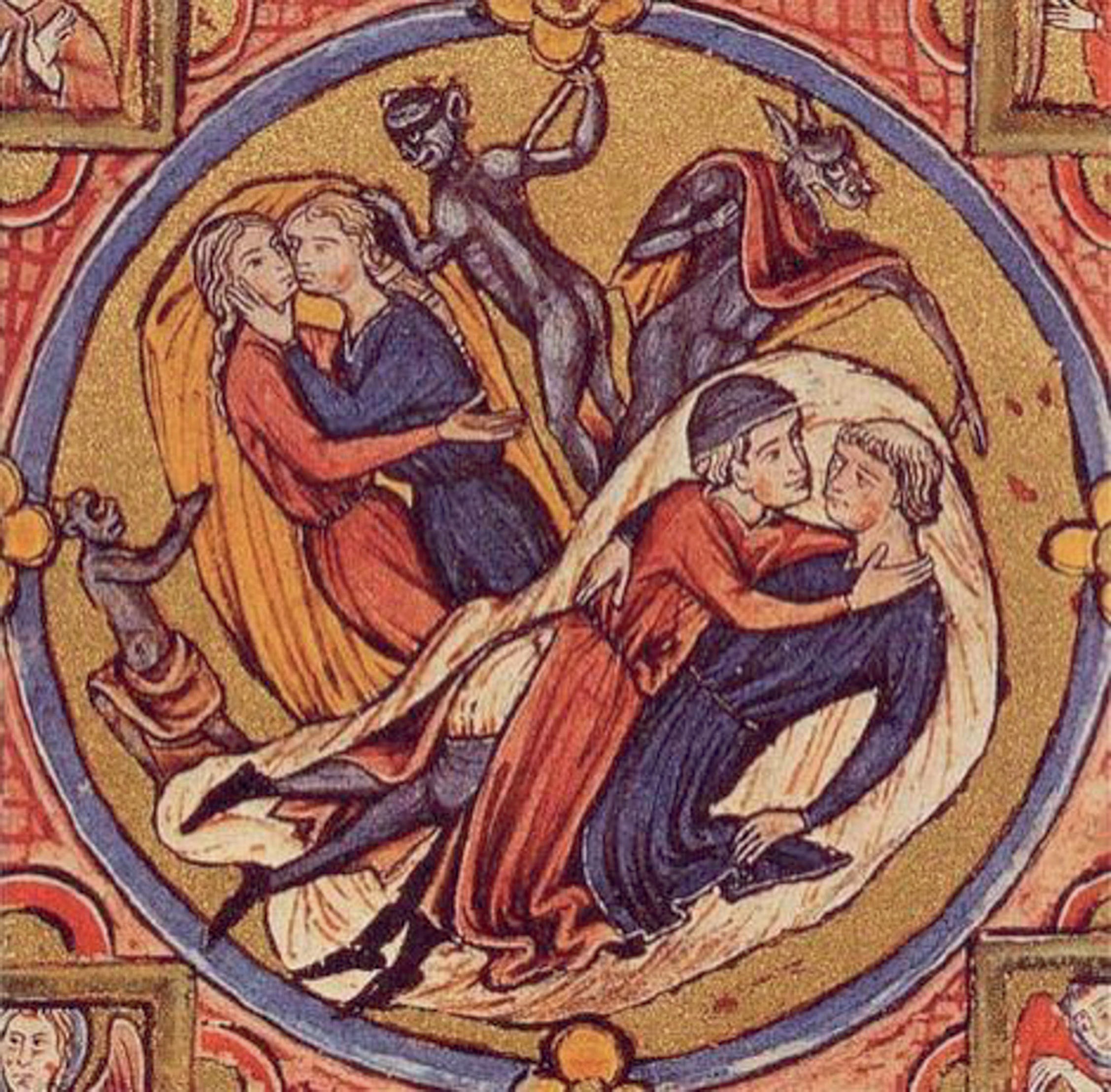
When exploring past attitudes towards homosexuality historians have to take great care in navigating worldviews that are very different from our own. Depending on the period of study, the evidence that is available to us can often be difficult to interpret. It is a continual challenge to avoid imposing modern perspectives, while also not assuming that ambiguity means absence.
Medieval chronicles often include powerful descriptions of same-sex love and devotion. For example, chronicles describing the relationship between Richard I and Phillip II of France describe the ‘vehement love’ between the two men and their practice of eating and sleeping together. Likewise, letters and poetry written by monks and nuns can include expressions of affection and yearning that read to modern eyes as romantic and even erotic.
Your organisation does not have access to this article.
Sign up today to give your students the edge they need to achieve their best grades with subject expertise
Subscribe




